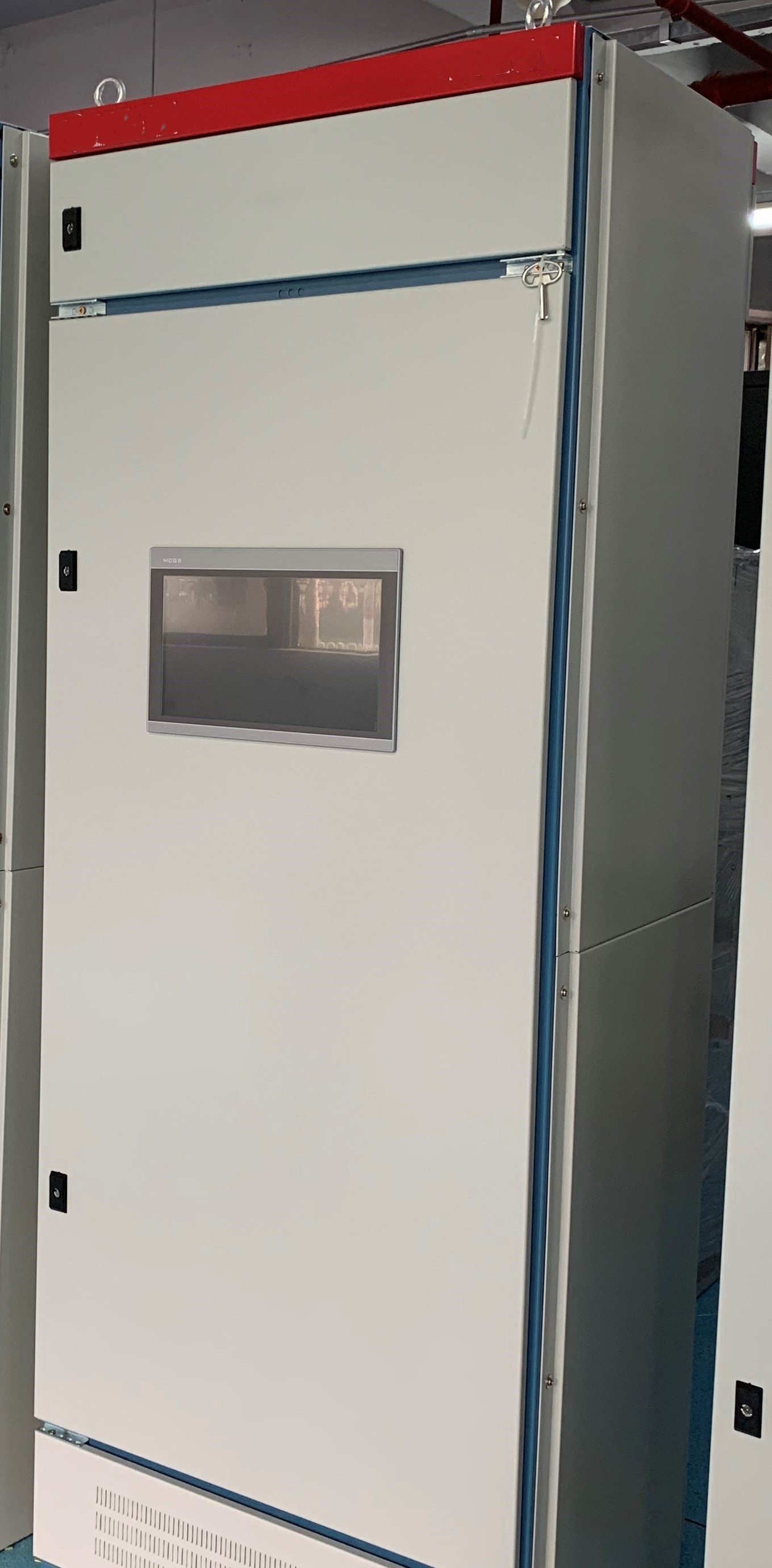Collaborative Application of Industrial LCD Screens and Industrial Electrical Cabinets: Achieving Real-time Monitoring and Precision Control
I. The Logical Relationship of Collaborative Application between Industrial LCD Screens and Industrial Electrical Cabinets
The collaborative application of industrial LCD screens and industrial electrical cabinets is based on the logic of information display and processing. The LCD screen, serving as a human-machine interaction interface, is responsible for displaying the electrical parameters, operational status, and alarm information within the electrical cabinet. It also receives instructions from the operators and transmits them to the control system within the cabinet, which then executes the corresponding operations. The electrical cabinet, in turn, responds to the received instructions through its internal PLCs, relays, and other control components, to start, stop, or adjust the production equipment. This logical relationship enables operators to monitor and precisely control the production process in real-time.
II. Specific Application Scenarios
Production Process Monitoring
In industrial production, operators use industrial LCD screens to monitor the operational status of electrical equipment within the cabinet, including parameters such as voltage, current, and power. In case of any anomalies, the LCD screen immediately displays alarm information, allowing operators to take prompt action to prevent equipment damage and accidents.

Equipment Parameter Adjustment
Operators can adjust the parameters of electrical equipment within the cabinet using the industrial LCD screen to meet production needs. For instance, in applications involving变频器 (frequency converters), operators can set the motor speed via the LCD screen for precise control.
Fault Diagnosis and Maintenance
When electrical equipment fails, the industrial LCD screen displays fault codes and related information, assisting maintenance personnel in quickly identifying the cause of the failure. Additionally, the screen can display equipment maintenance logs and operation manuals, providing maintenance staff with essential maintenance information.
Data Analysis and Optimization
Industrial LCD screens can record operational data of the electrical cabinet, such as energy consumption, running time, and shutdown frequency. By analyzing this data, enterprises can optimize production processes, enhance production efficiency, and reduce energy consumption.
Remote Monitoring and Control
In distributed control industrial environments, operators can remotely monitor the operational status of electrical cabinets and perform control operations via the industrial LCD screen. This facilitates centralized management and improves the efficiency of production management.
Conclusion:
The collaborative application of industrial LCD screens and industrial electrical cabinets, through the logic of information display and processing, enables real-time monitoring, parameter adjustment, fault diagnosis, and data analysis. In specific application scenarios, this collaboration enhances production efficiency, safety, and reliability, while providing operators with a convenient control experience. With the development of Industry 4.0 and smart manufacturing, this collaborative application will play an increasingly important role in industrial production.